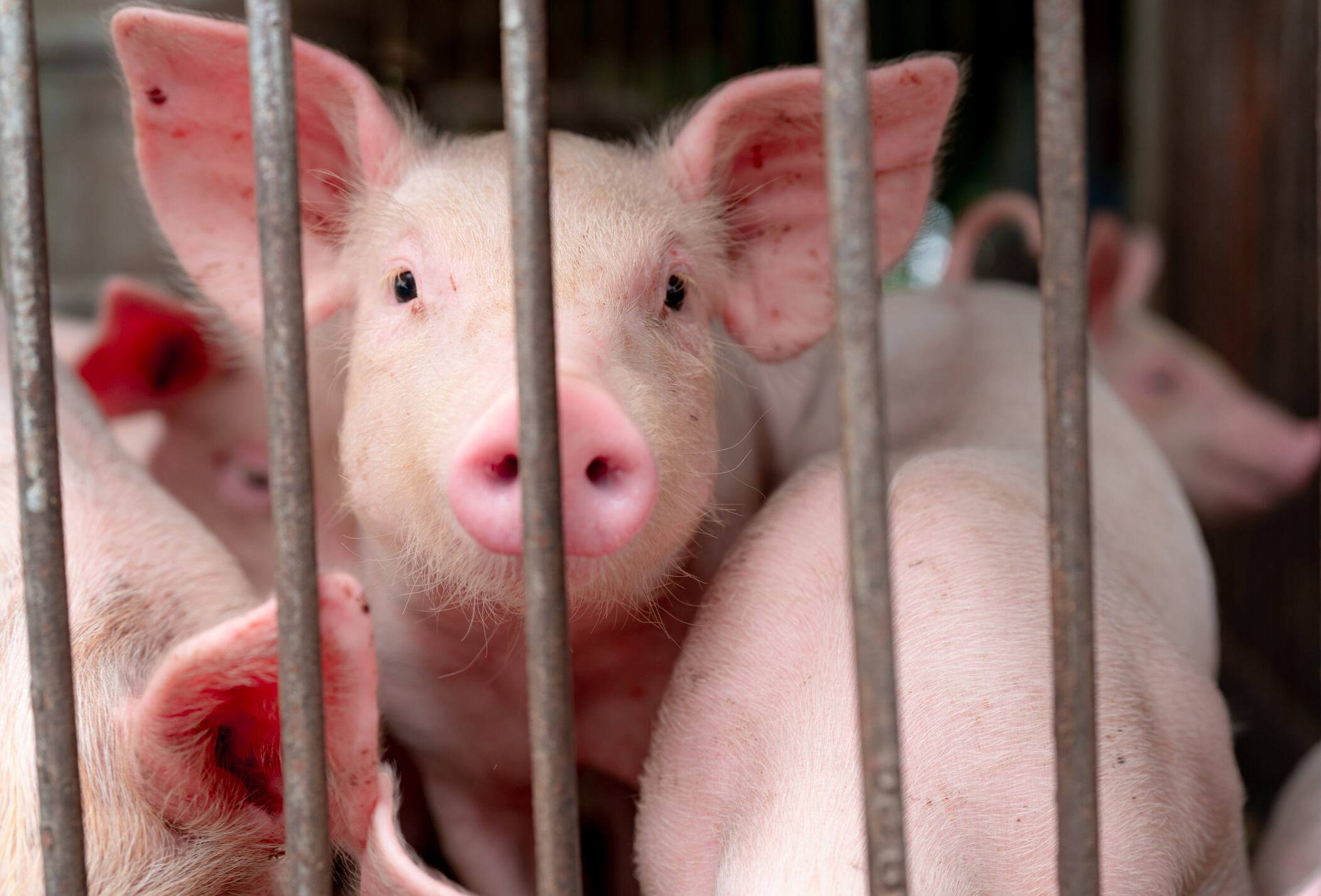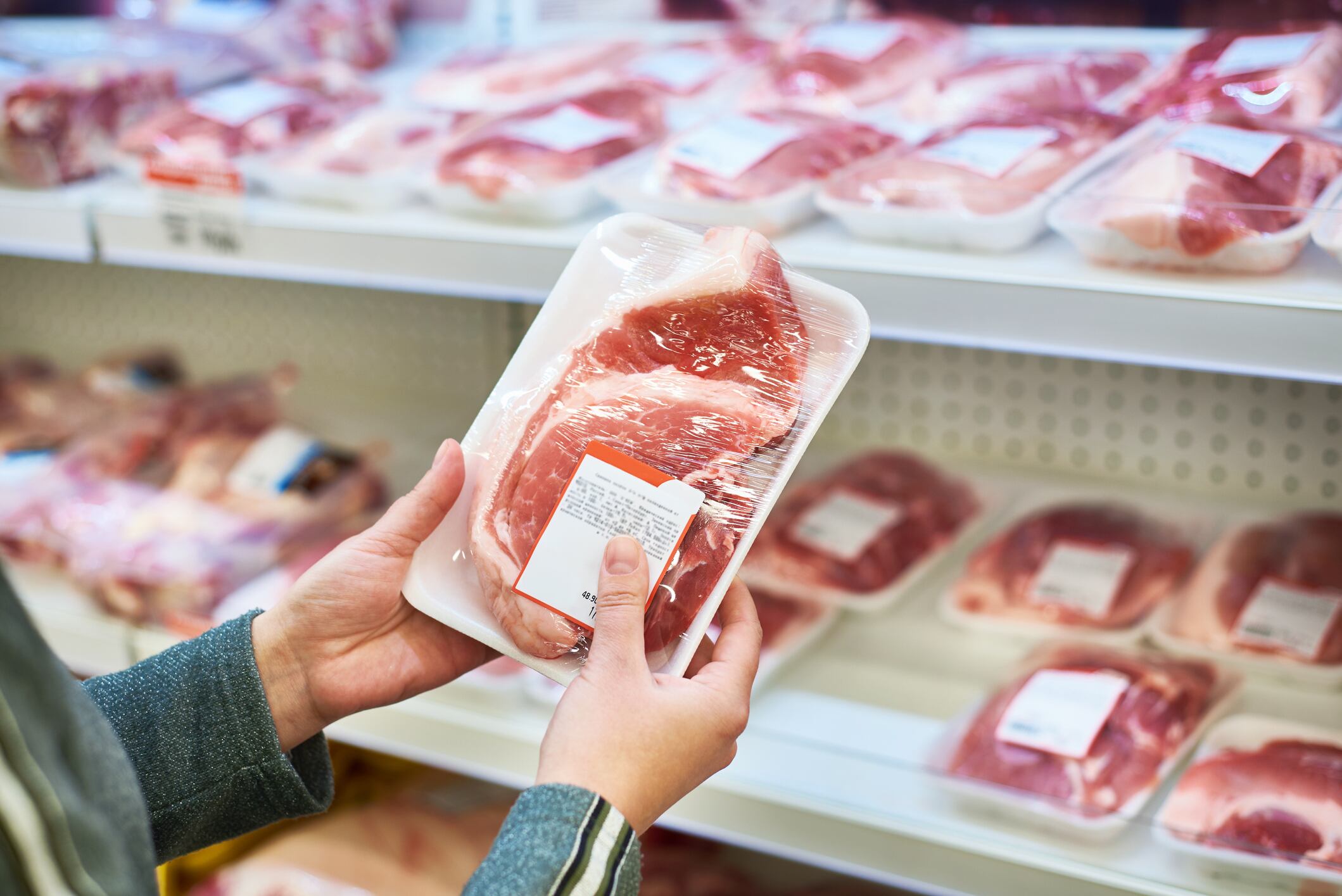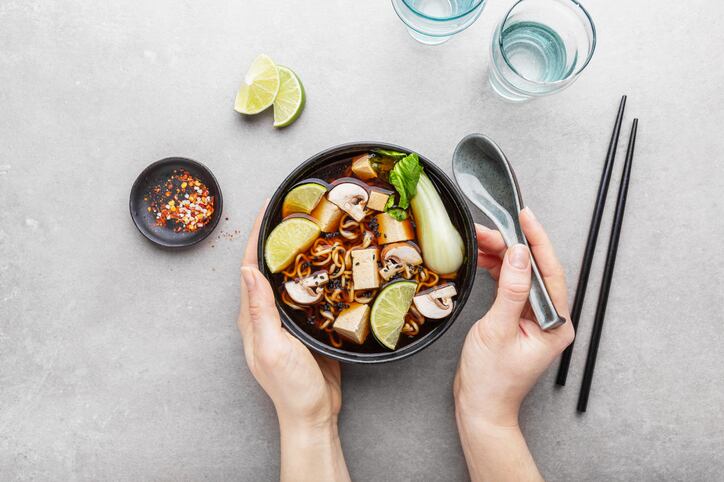This has in turn resulted in more demand for other commodities such as palm oil and seafood within the country, according to Fitch Solutions.
According to the Fitch Solutions Agribusiness team, meat consumption by kg per capita (poultry, pork, beef, veal) has grown from 42.1kg in 2000 to a projected 45.4 kg per capita in 2019 (down from 52.5kg in 2018 due to ASF).
It is forecast to grow by CAGR 5.8% between 2020 to 2024 to reach 56.9kg per capita in 2024.
Pork is the most consumed meat in China and as domestic supplies decreased due to ASF, consumers have started substituting other meats for pork. In Q3 2019, Chinese meat imports recorded a 74.9% y-o-y growth.
The firm’s consumer & retail senior analyst Mike Kruiniger said: “Production has not been able to keep up with demand, with China’s meat self-sufficiency rates declining and the country becoming more reliant on imports. A divergence in domestic supply versus demand would already be creating food security issues and an environment whereby new options would need to be investigated and encouraged,” he said. “Food security will thus be driving the fake meat trend in China”
Palm oil
Since the trade war in 2018 when Beijing imposed tariffs on US soybean imports, Chinese manufacturers have swapped soy bean oil for palm oil, with China’s imports of the commodity rising by 23.1% y-o-y in Q3 2019.
This is likely to increase prices globally in 2020, which Fitch said would ultimately be passed on to consumers.
Kruiniger told us China imported most of its palm oil from Indonesia (66.5%) and Malaysia (33.4%).
He said: “Due to China’s dwindling pig heard as a result of the ASF, there is less demand for soybeans and soy oil.” Soy oil is a byproduct of crushing soybeans to make food for livestock in China.
He added that with China’s domestic pork production projected to fall even further this year, demand for soybean will subsequently drop too.
“We believe that imports of soybean for animal feed will decline and there will be less availability of soy oil, as soybeans won’t be solely imported for oil production. With a reduction in soy oil, we believe Chinese consumers will seek other alternatives, thereby driving up demand for other edible oils, including palm oil.”
Seafood
China’s demand for seafood is also expected to increase as consumers are substituting pork for other forms of protei.. Fitch forecast 13% y-o-y sales growth for fish and fish products this year.
Seafood imports grew by 29% y-o-y in Q3 2019. Shrimp imports are also expected to rise on the back of a 2019 crackdown on shrimp smuggling from Vietnam.
Kruiniger told us Russia was China’s largest seafood supplier (accounting for 15.5% of the total Chinese seafood imports), with Ecuador ranking second (11.6%) during the first three quarters of 2019, according to data from TradeMap.
Sugar
China’s demand for imported sugar and sugar confectionery will continue to rise, with Fitch projecting sugar and sugar product sales to rise by 14% in 2020.
Kruiniger told us the rising middle class, expanding urban population, and younger adult population have contributed to the surge.
He said households with a disposable income of US$10,000 or more (middle class) would account for 58% of the total in 2020, up from only 10% in 2010. As wealth increases, consumers move into spending on food segments such as confectionary that are outside of the bare essentials.
He told us: “China is urbanising rapidly and we forecast 61% of the country’s population to live in urban areas in 2020, it was only 49% in 2010. This means a growing number of consumers have access to mass grocery retailers and, in turn, easier access to sugar and confectionery.”
“We project over one-third of China’s population (35%) to be between 15-39 years old. These consumers tend to have different dietary tastes than older generations, and are more likely to consume western snack items, including sugary products such as chocolate. In addition, bubble tea (which contains a large level of sugar) is widely popular among China’s young adult population.”




